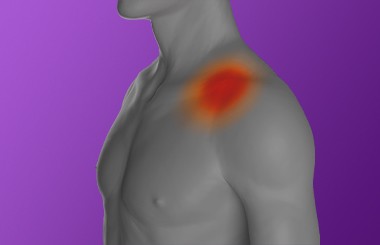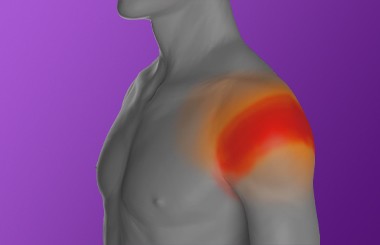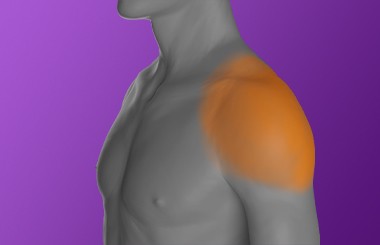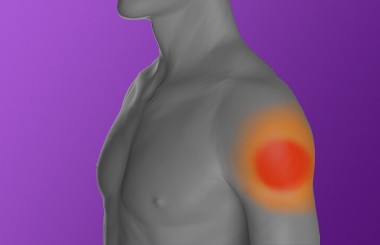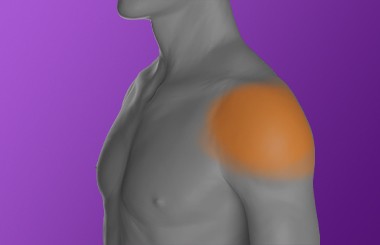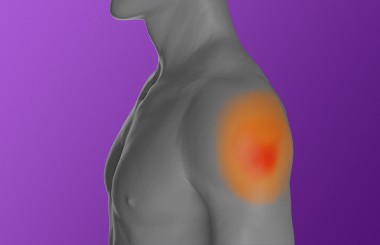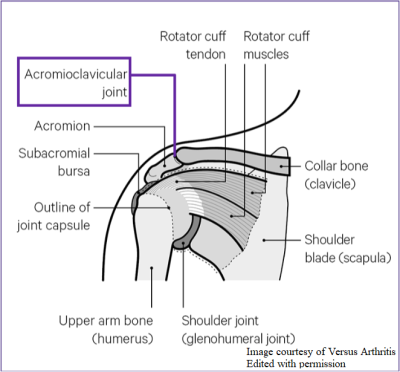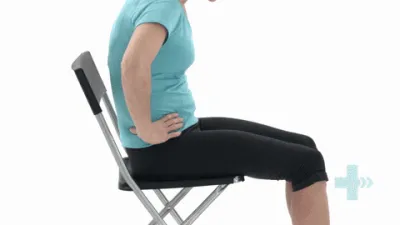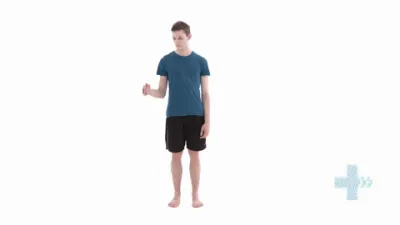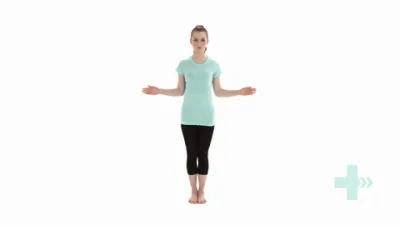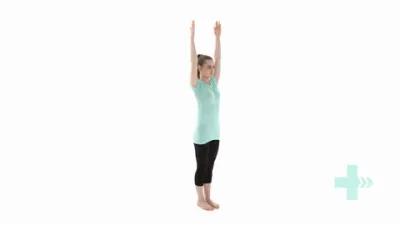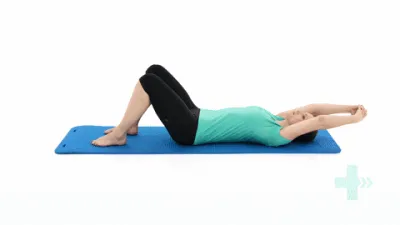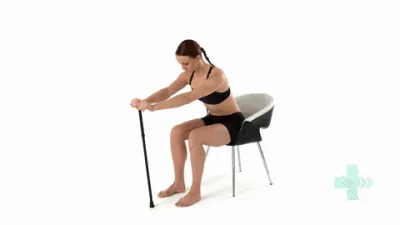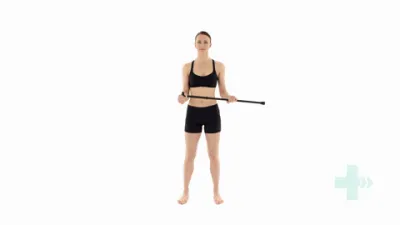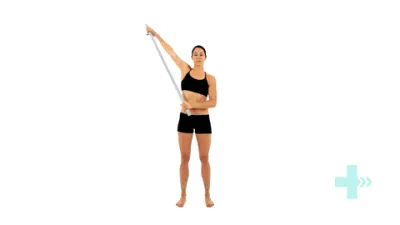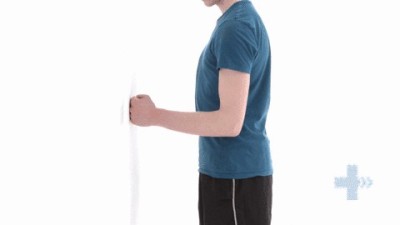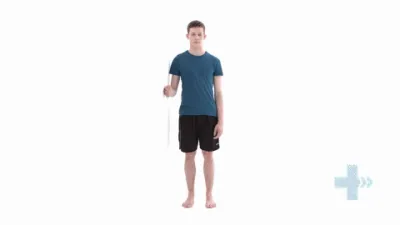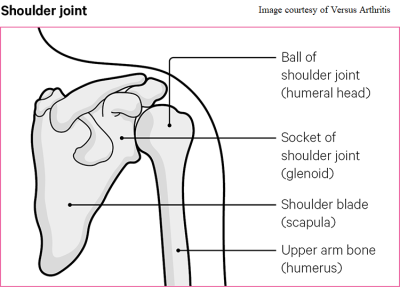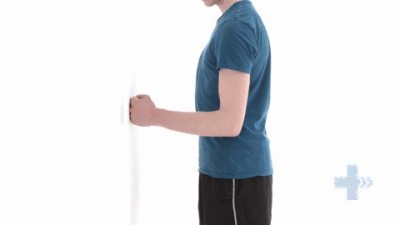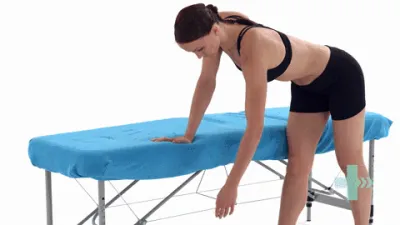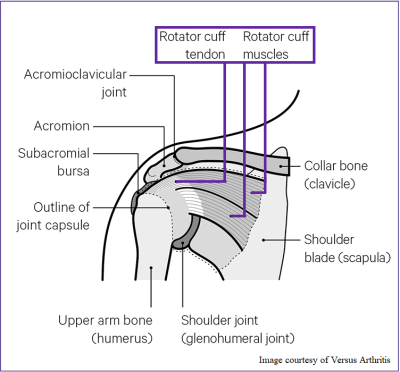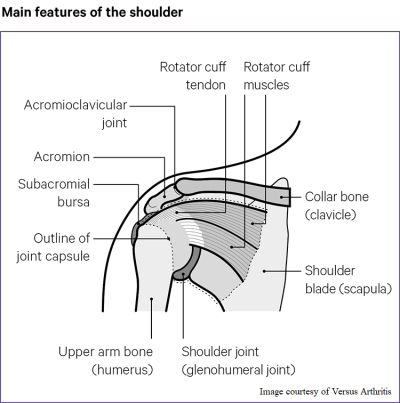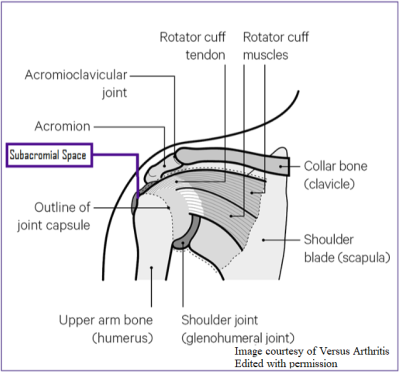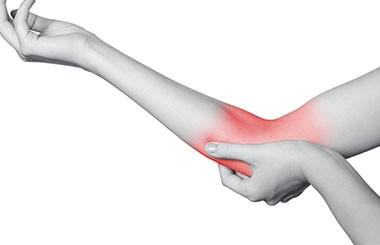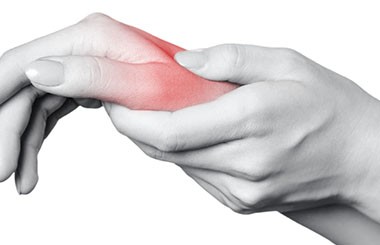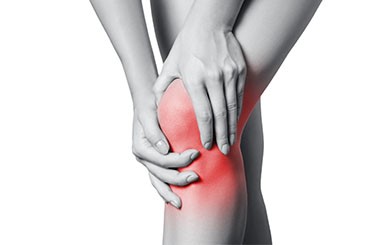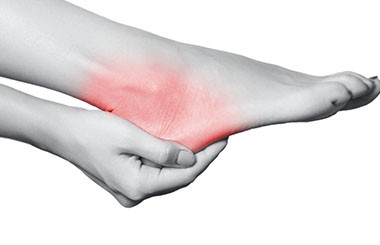Shoulder Pain
Pain in the shoulder can arise after an injury (e.g a fall), or develop with no new injury (e.g a flare of arthritis). It can affect muscles, tendons, ligaments, bones, bursa, nerves or other tissues in the shoulder joints. On some occasions, even though pain is felt in the shoulder, it may be related to a problem in the neck.
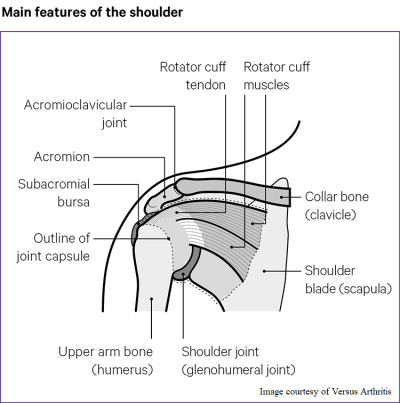
You should see your doctor if you:
- Have pain that doesn’t show any signs of improvement, within a couple of weeks of self help
- Have pain that has rapidly deteriorated or suddenly worsened despite self help
- Have pain, tingling, numbness or weakness in your face or arms
- Develop sudden stiffness in the shoulders and/or neck resulting in a lack of movement
- Are experiencing double vision, dizziness, nausea or sudden fainting
- Are noticing changes with your speech and/or difficulty swallowing
- Are noticing changes to your balance or walking pattern
- Are feeling clumsy or are falling more often
- Have a history of inflammatory arthritis, immuno-suppression, cancer, Tuberculosis (TB), drug abuse, AIDS or other infection
- Feel unwell, have a fever, or unexplained weight loss
- Are experiencing significant and regular changes to your usual sleeping pattern
- Have a history of recent injury (e.g. from a road traffic accident or a fall) or a history of shoulder surgery
- Have a new and visible deformed or misshapen shoulder
This information is also available as a card created by the East Midlands Spinal Network. These cards are available in many different languages from the East Midlands Spinal Network website.
If you do not have any of the above, you may be able to effectively self manage your condition.
There are several ways you can help yourself including:
- Taking pain medication
- Keep active and avoid static postures/positions
- Find a balance between rest and some activity, try not to overdo things (alter activities that make it worse so they are less painful)
- Learning how to relax (particularly your shoulder and neck muscles)
- Using cold treatment, eg. ice packs, or heat treatment, eg. heat packs
If you have pain that doesn’t show any signs of improvement, or worsens, within a couple of weeks, consider seeking further advice from your GP.
